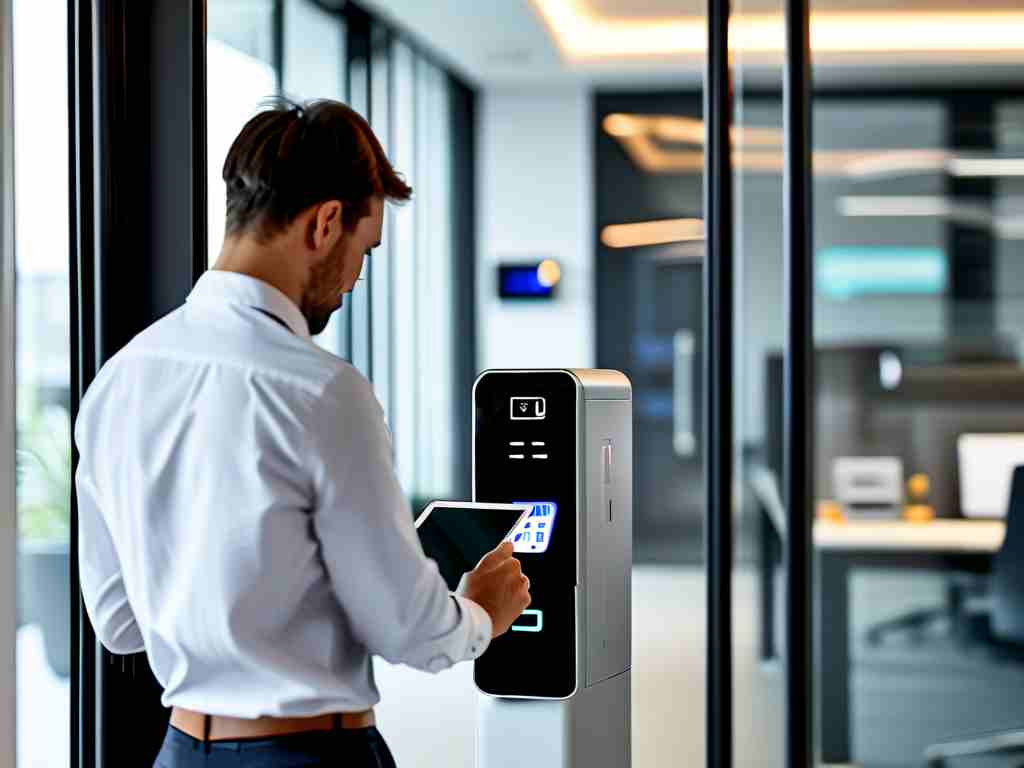In today's fast-paced retail and marketing landscape, businesses are increasingly turning to automation to enhance efficiency and customer engagement. One area gaining traction is automated window display deployment, a solution that combines technology, design, and data to create dynamic, eye-catching storefronts. This article explores how to craft a robust automated window display deployment strategy, covering key components, implementation steps, and best practices.

1. Understanding Automated Window Displays
Automated window displays leverage technologies like IoT sensors, programmable LED screens, motorized fixtures, and cloud-based software to create adaptable visual experiences. Unlike static displays, these systems can update content in real time, respond to environmental triggers (e.g., weather or foot traffic), and even integrate with customer data for personalized messaging. For example, a fashion retailer might use motion sensors to change displays based on the demographics of passersby.
2. Core Components of a Deployment Strategy
A successful strategy requires careful planning across four pillars:
a. Technology Infrastructure
- Hardware: Choose durable, weather-resistant screens, motors, and sensors. Modular designs allow scalability.
- Software: Centralized platforms for content management, analytics, and remote control are critical. APIs enable integration with CRM or inventory systems.
- Connectivity: Ensure reliable Wi-Fi, 5G, or LPWAN networks to support real-time updates.
b. Content Strategy Automation is meaningless without compelling content. Develop a library of visuals, videos, and animations tailored to different scenarios (e.g., holidays, promotions). Use A/B testing to identify high-performing designs.
c. Data Integration Incorporate data sources like foot traffic analytics, weather forecasts, or social media trends to trigger display changes. For instance, a café could promote iced drinks on hot days detected by local weather APIs.
d. Maintenance and Support Plan for regular software updates, hardware inspections, and troubleshooting protocols. Partner with vendors offering 24/7 technical support.
3. Step-by-Step Implementation Guide
Step 1: Define Objectives Align the project with business goals. Are you aiming to boost foot traffic, showcase new products, or reduce manual labor costs? Clear KPIs (e.g., 20% increase in store visits) will guide design choices.
Step 2: Audit Existing Resources Evaluate current displays, IT infrastructure, and budgets. Identify gaps-for example, outdated screens may need replacement.
Step 3: Select Technology Partners Collaborate with specialists in retail automation. Prioritize vendors with proven case studies and customizable solutions.
Step 4: Prototype and Test Run pilot installations in a few locations. Monitor performance metrics like energy consumption, customer engagement, and system reliability.
Step 5: Full-Scale Rollout Deploy across all target locations, ensuring staff are trained to manage the system. Use phased rollouts to mitigate risks.
4. Overcoming Challenges
- Cost Management: High upfront investments can deter businesses. Consider leasing models or phased financing.
- Technical Glitches: Redundant systems and fail-safes (e.g., default static images during outages) prevent downtime.
- Content Fatigue: Regularly refresh content to maintain customer interest.
5. Case Study: Luxury Retail Success
A high-end fashion brand implemented automated displays in flagship stores. Using RFID tags on products, the windows showcased items that customers picked up inside the store. Result? A 35% increase in dwell time and 15% higher sales for featured products.
6. Future Trends
- AI-Powered Personalization: Machine learning algorithms will predict customer preferences and adjust displays dynamically.
- Sustainability Focus: Solar-powered screens and energy-efficient LEDs will align with eco-friendly branding.
Designing an automated window display deployment strategy demands a blend of creativity, technical expertise, and strategic planning. By focusing on scalable technology, data-driven content, and robust maintenance, businesses can transform storefronts into dynamic assets that drive engagement and sales. As automation evolves, staying ahead of trends will ensure long-term competitiveness in the retail arena.









